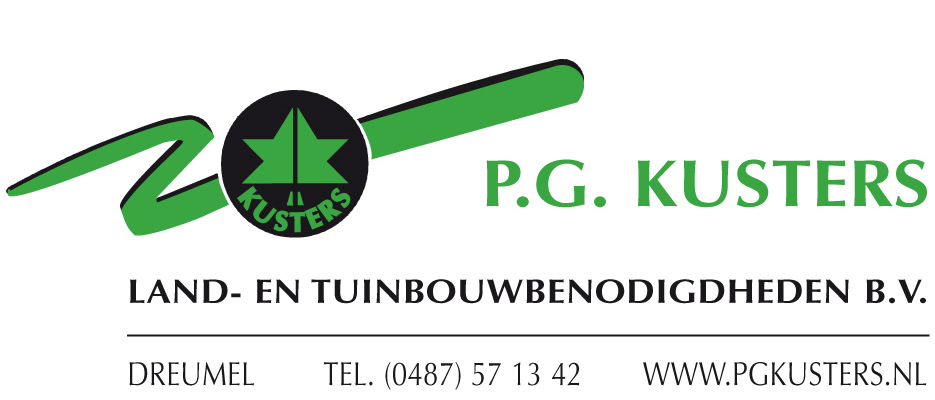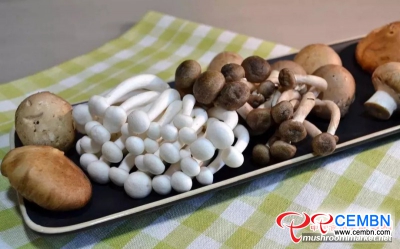On November 13, The 19th World Mushroom Biology & Product Meeting was opened in Shanghai City, China. During the meeting, relevant expert reported the following interpretation on development status of China’s mushroom industry.
In 2017, gross mushroom output reached 36 million tons in China, which occupied 70% of global output.
Since 21th Century, Big Health Industry which includes mushroom industry has been gaining attentions. In 2010, global mushroom production mainly centred on developed countries. On aspect of annual mushroom output, US, Japan, Holland and Korea respectively hit 410,000 tons, 380,000 tons, 230,000 tons and 200,000 tons.
In the 1970s, mushroom industry started to rapid develop in China. In 1978, annual mushroom output totaled nearly 100,000 tons in China, which merely occupied 5.7% of that of global. However, in 2013, the number was fiercely increased to 31.70 million tons.
In addition to artificial mushroom production, China is also one of the nations that own abundant resources on wild mushroom in the world. Nowadays, there are over 2000 edible species, of which China masters above 900.
“Among 900 edible species found in China, there are 50 sold as commodities while above 20 hold certain production scales,” explains relevant expert.
As known to all, in America, mushroom production mainly features Button mushroom. Japan’s top mushroom varieties are King oyster, Shiitake, Hypsizygus marmoreus and Oyster mushroom. Korean famous mushrooms include Oyster, Shiitake, Enoki and Button mushroom while Button mushroom is always the characteristic variety in Holland, France, Spain and other European nations.
Moreover, China’s mushroom deep processing industry also launches Mushroom Powder, Crisp, Beverage, Essence, Salt and other products, stretching over industrial fields such as Agriculture, Medicine, and Health-care.
Ultimately, there is also short slab in China’s mushroom industry. Now, in Europe and America, Japan and Korea, industrialized (factory-mode) mushroom production has been realized to replace traditional growing pattern while China still seizes traditional mushroom farming, which implies low industrial concentration ratio and merely 10% of efficiency (90% in developed nations). Meanwhile, as consumers’ requirement tends to diversify, variety structure of China’s mushroom industry still awaits the optimization.
China’s mushroom output occupies above 70% of that of global
Nov 21,
2018





















